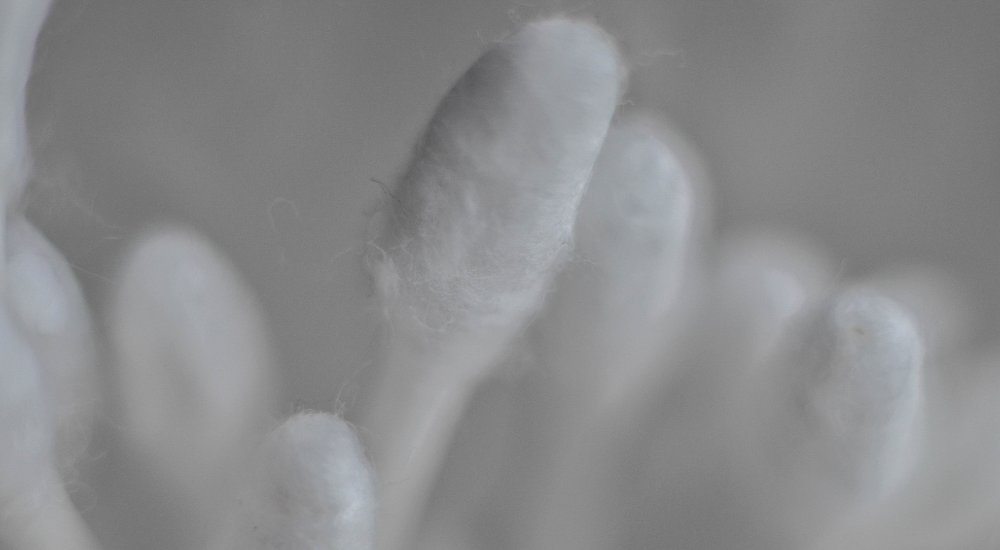“I think my paternity test samples were contaminated.”
Our customer-service specialists often hear this statement from clients who call in, worried about whether or not the samples they submitted for their at-home paternity test or other relationship analysis might have been contaminated.
When you order a test, you and the laboratory form a partnership in the proper handling of these samples. As a highly-accredited laboratory, we take our responsibility seriously and have strict processes in place to ensure samples are not contaminated at the lab level. As a participant in the test, your obligation is to ensure your samples arrive at the laboratory in the best condition possible.
Collecting DNA with Buccal Swabs is Easy and Painless, but do it with Care
DNA collected via cheek swabs is every bit as effective for testing as a blood sample. The process involves vigorously rubbing the inside of the cheek for 30-60 seconds for each swab included in the kit to ensure enough cells are collected for testing. So how might samples for a paternity test become contaminated?
1. Eating, Drinking, or Smoking before Swabbing
All participants in a paternity test should refrain from eating, drinking, or smoking for one hour prior to swabbing—this is also true for nursing infants and their consumption of formula or breast milk. Although having foreign residue in your mouth will not change your DNA, it may definitely affect the quality of the samples by degrading them, making it difficult or impossible for robots at the laboratory to extract usable DNA from the swabs.
GOOD NEWS: This type of contamination does not affect the results of your paternity test because the lab simply stops testing and requests new samples before proceeding with analysis. New testing materials are sent to you at no additional cost.
BAD NEWS: It is a source of stress for you because your results will be postponed and you must wait a little longer for your report.
PREVENTION TIPS: If one of the participants eats, drinks, or smokes prior to swabbing, simply delay swabbing for an hour.
2. Cross-Contamination during DNA Collection
To maintain the swabs’ integrity, do your best to avoid the following:
- Handling the soft ends of the swabs
- Dropping swabs
- Allowing the tips of different people’s swabs to come into direct contact with each other
- Placing swabs from two different people in the same envelope
GOOD NEWS: If contamination occurs as a result of any of these actions, the laboratory will catch it and request new samples.
BAD NEWS: Again, you must wait longer for results if the laboratory asks for DNA recollection.
PREVENTION TIPS: Handle swabs with care and follow all kit directions.
3. Mailing Wet Envelopes or Re-Using Plastic Packaging
Wet Envelopes
It is not at all unusual for a little excess saliva to get mixed in with cheek cells when collecting DNA for a paternity test. As a result, the sample and even the mailing envelopes may become a little wet. If mailed while damp, packaging could tear and swabs may become contaminated.
GOOD NEWS: DNA samples can simply be collected again.
BAD NEWS: There is a delay in issuing results.
PREVENTION TIPS:
- The swabs for a paternity test are designed to collect cheek cells—not saliva. Be sure to only swab the insides of your cheeks and avoid gum areas
- If a swab appears “too wet,” hold the swab up and wave it in the air for 60 seconds to dry it a bit before placing in the paper sample envelope
- If an envelope still gets a little wet, lay it on a clean counter and allow it to air-dry prior to mailing
Re-using Plastic Packaging
DNA is organic material and is therefore susceptible to becoming moldy under adverse conditions. Mold degrades DNA on a swab extremely fast, and this kind of contamination makes using the sample for testing impossible. If you put swabs containing DNA back into the plastic packaging the swabs came in, the sample cannot “breathe” and the consequence is almost always rapid mold growth—even if you mail samples off directly.
GOOD NEWS: New DNA samples can be collected.
BAD NEWS: You must wait longer for results.
PREVENTION TIPS: Once you have collected the DNA, make sure the swabs have been air-dried as much as possible and then place them in the paper envelopes provided in your kit.
Final Thoughts about Swab Contamination
It is important to remember that swab contamination can never “change” the results of a paternity test or “change the DNA.” There is therefore no need to worry. If contamination occurs, the laboratory always discovers it, and the worst that can occur is the laboratory will request that samples be collected again. Be sure to carefully follow all instructions that come with your paternity test, and feel free to reach out to us if you have any questions or concerns.
If you need additional information about a DNA test or would like to order, contact our experienced customer-service team on 0800 009 2969.

